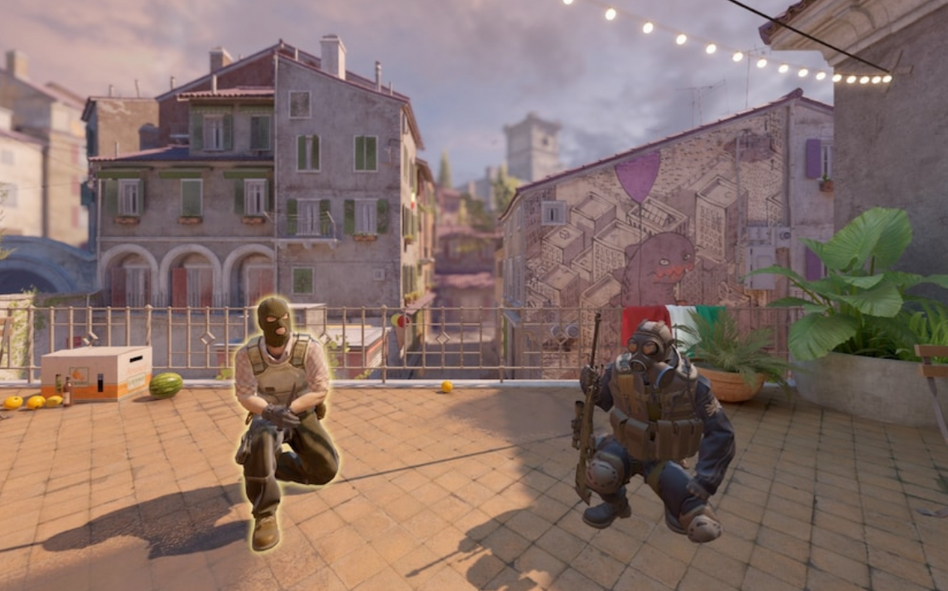The digital battlegrounds of Counter-Strike 2 are in a constant state of evolution, much like a meticulously calibrated sniper rifle—always being adjusted for peak performance. Valve, the esteemed curator of this tactical shooter saga, has once again stirred the pot with a recent pre-release update that zeroes in on one of the game`s most pivotal moments: bomb defusal.
Dubbed version 1.41.3-rc1, this beta update, launched on October 14th, 2025, isn`t just a minor patch; it`s a statement. Following hot on the heels of the October 2nd competitive map additions, Valve is clearly committed to fine-tuning CS2 before its full public unveiling, proving that even a legendary title can still learn new tricks.
The Defusal Dilemma: A Test of Nerves and Timing
At the heart of this update lies a series of adjustments to the defusal process—changes that could redefine clutch moments and late-round strategies. Previously, the act of defusing was a rapid-fire interaction, often leading to split-second decisions and daring “fake defuses” designed to bait out lurking enemies.
Now, players attempting to dismantle the explosive device will notice a distinct difference: their weapon viewmodel will automatically lower. More critically, the ability to scope while defusing has been removed. This isn`t just an aesthetic alteration; it`s a tactical one, forcing players to commit more fully to the defuse rather than maintaining a dual threat of disarmament and immediate engagement.
Perhaps the most contentious alteration is the introduction of a 150-millisecond delay to firing a weapon immediately after stopping a defuse. For context, 150 milliseconds is roughly the blink of an eye, yet in the lightning-fast world of Counter-Strike, it feels like an eternity. This seemingly minor delay has already sparked a fervent debate within the community, with many arguing that it directly impacts the “skill ceiling” of competitive play.
Community Reaction: The Unofficial Beta Testers Speak
The Counter-Strike community, a notoriously vocal and discerning group, wasted no time in weighing in. The sentiment is clear: while performance fixes and engine optimizations are always welcome—the update also brought enhancements to the Source 2 engine and CPU usage improvements for effect processing—the defusal delay has become a sticking point.
One common critique highlights how the instant firing capability post-fake defuse was a testament to a player`s quick reflexes and strategic cunning. Removing this, some argue, simplifies a complex, high-stakes maneuver, potentially lowering the bar for what constitutes a truly exceptional play. It’s almost as if Valve is saying, “Let`s make sure everyone has a fair chance to ponder their choices for just a little bit longer before pulling the trigger.”
Beyond the Bomb: Engine Upgrades and Future Implications
While the defusal changes steal the spotlight, it`s worth noting the underlying technical advancements. The update to the latest Source 2 engine version and the improved core utilization for effect processing are crucial for the game`s long-term health and performance. Smoother gameplay and reduced CPU strain are undeniably positive developments, ensuring the foundation for competitive excellence remains solid.
However, the overarching question remains: Will these defusal mechanics see the light of day in the final public release? As a pre-release update, Valve has the luxury of iterating and responding to feedback. The community’s impassioned pleas often influence development decisions, making the beta phase a dynamic crucible for CS2`s future.
Ultimately, Valve`s continuous tweaking reflects their dedication to perfecting Counter-Strike 2. Whether these specific defusal changes become permanent fixtures or are recalibrated based on player sentiment, one thing is certain: the evolution of CS2 is a journey, not a destination, and players will undoubtedly remain on the edge of their seats, ready for the next tactical curveball.

